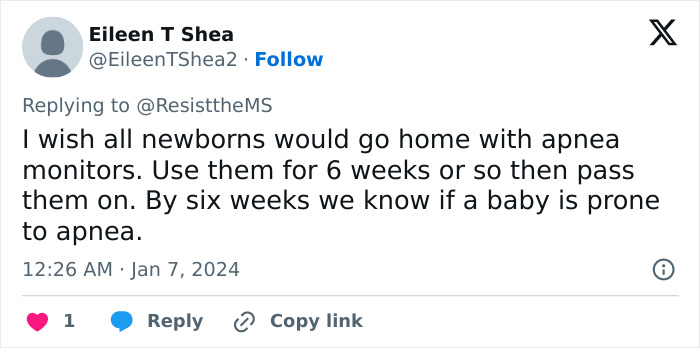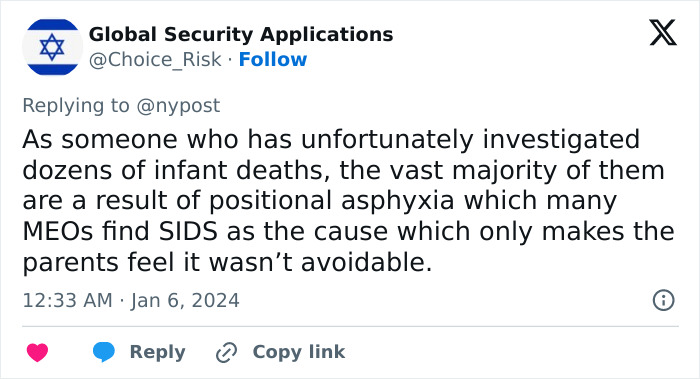SIDS: It stands for “sudden infant death syndrome,” and despite being the leading cause of infant mortality in Western countries, responsible for almost half of post-neonatal deaths, scientists don’t know what causes it. However, a recent study from NYU may change that, shedding light on the phenomenon that usually strikes babies under six months old while they’re asleep.
Published in the journal Neurology by a team led by Dr. Laura Gould, the study uses a registry of cases collected by the SUDC Registry and Research Collaborative.
By analyzing over 300 cases, as well as video footage, scientists discovered that brief seizures may be to blame. They found footage showing muscle convulsions lasting less than 60 seconds occurring within 30 minutes of known sudden unexplained deaths in childhood.
Doctors have found a potential cause of SIDS (sudden infant death syndrome), which usually affects babies younger than six months of age

Image credits: Freepik
By analyzing over 300 cases, as well as video footage, scientists discovered that brief seizures may be to blame

In a statement, the study’s senior investigator and neurologist, Dr. Orrin Devinsky, said, “Convulsive seizures may be the smoking gun that medical science has been looking for to understand why these children die.”
The study backs previous findings that infants experiencing seizures accompanied by a fever were 10 times more likely to suffer a sudden, unexpected death.
Image credits: Natalie Bond
However, the study’s results are far from conclusive, and the team emphasized that further research is needed. Medical experts have previously drawn correlations between SIDS and tobacco smoke, overheating, and sleeping face down, and the CDC’s primary guidance for preventing SIDS remains placing infants on their backs.
The study backs previous findings that infants experiencing seizures accompanied by a fever were 10 times more likely to suffer a sudden, unexpected death

However, the results are far from conclusive, as medical experts have previously drawn correlations between SIDS and tobacco smoke, overheating, and sleeping face down

Additionally, a 2022 study published in eBioMedicine found a link between SIDS and low levels of a blood enzyme called butyrylcholinesterase (BChE), which is important for proper wake-up function.
“These families can now live with the knowledge that this was not their fault,” said lead researcher Dr. Carmel Harrington, of the Children’s Hospital at Westmead in New South Wales, Australia.
The SIDS mystery may not be solved yet, but scientists are encouraged that they’ve found more risk factors. In her interview with NBC News, Gould said, “If we can figure out the children at risk, maybe we can change their outcome.”
People shared their heartbreaking experiences with the syndrome and expressed their hope for more studies to be conducted














